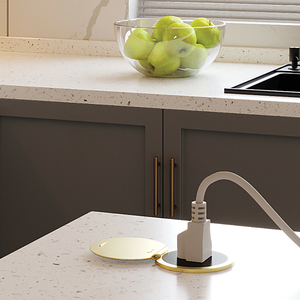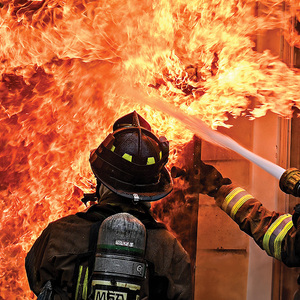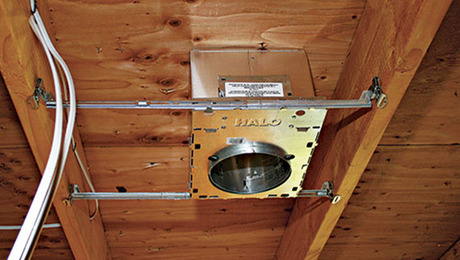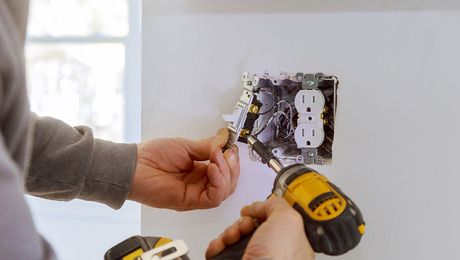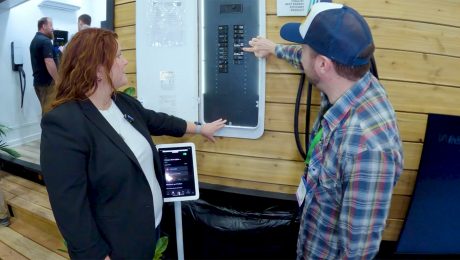Code Check Electrical: Service Equipment Guidelines
A practical guide to the requirements of the National Electric Code

Over the course of history, electrical power has proven to have unexpected consequences on society. During the 1890s it became obvious that there was a direct relationship between the widening distribution of electricity and an epidemic of residential fires. Insurance claims skyrocketed. By 1897, the need for action became overwhelming. From across the country insurance companies assembled fire marshals, engineers, electricians, and other interested parties to develop wiring guidelines to control their losses. The resulting standards, which have evolved into the National Electric Code, were the first building codes in the United States.
At their source, most building codes make sense. They are born of grisly mistakes and costly disasters. For insurance companies it’s not personal but about the bottom line. For me and you it’s about the lives of our clients and the people we love. Call me a “wire cop” — it won’t deter me. Experience has shown me that uniform construction practices and building codes are good things.
In this excerpt, you’ll find service equipment information, including details on clearance requirements, service conductors, and subpanels and fuse boxes.
Redwood Kardon, Doug Hansen and Mike Casey have been the authors of the Code Check series for more than 10 years. Paddy Morrissey is the series illustrator. Learn more about the Code Check team by visiting their Website at www.codecheck.com and visit www.taunton.com to view all the books in the Code Check series.


